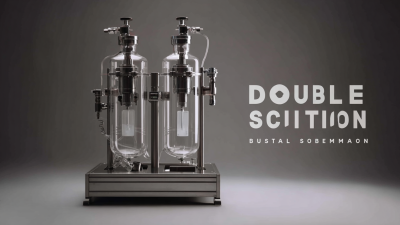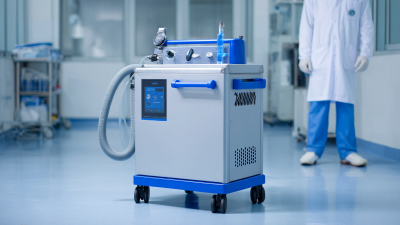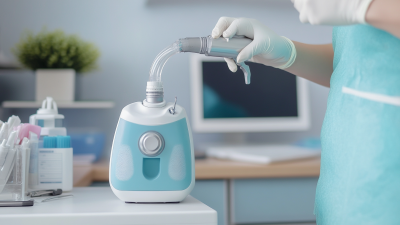In healthcare settings, the ability to efficiently manage respiratory secretions plays a crucial role in patient care, especially for those suffering from chronic respiratory diseases or infections. According to the 2022 Global Respiratory Health Report, an estimated 300 million people globally suffer from asthma, while chronic obstructive pulmonary disease (COPD) affects over 251 million individuals, creating an urgent need for effective treatment tools. A Portable Sputum Aspirator emerges as an essential device in this regard, allowing for the rapid and efficient clearance of secretions, thereby reducing the risk of complications such as pneumonia. As hospitals and clinics strive to enhance their patient care capabilities while maintaining infection control protocols, the implementation of portable solutions—such as the Portable Sputum Aspirator—becomes imperative. This device not only aids in immediate patient comfort but also aligns with evolving healthcare standards that prioritize both efficiency and safety in respiratory management.
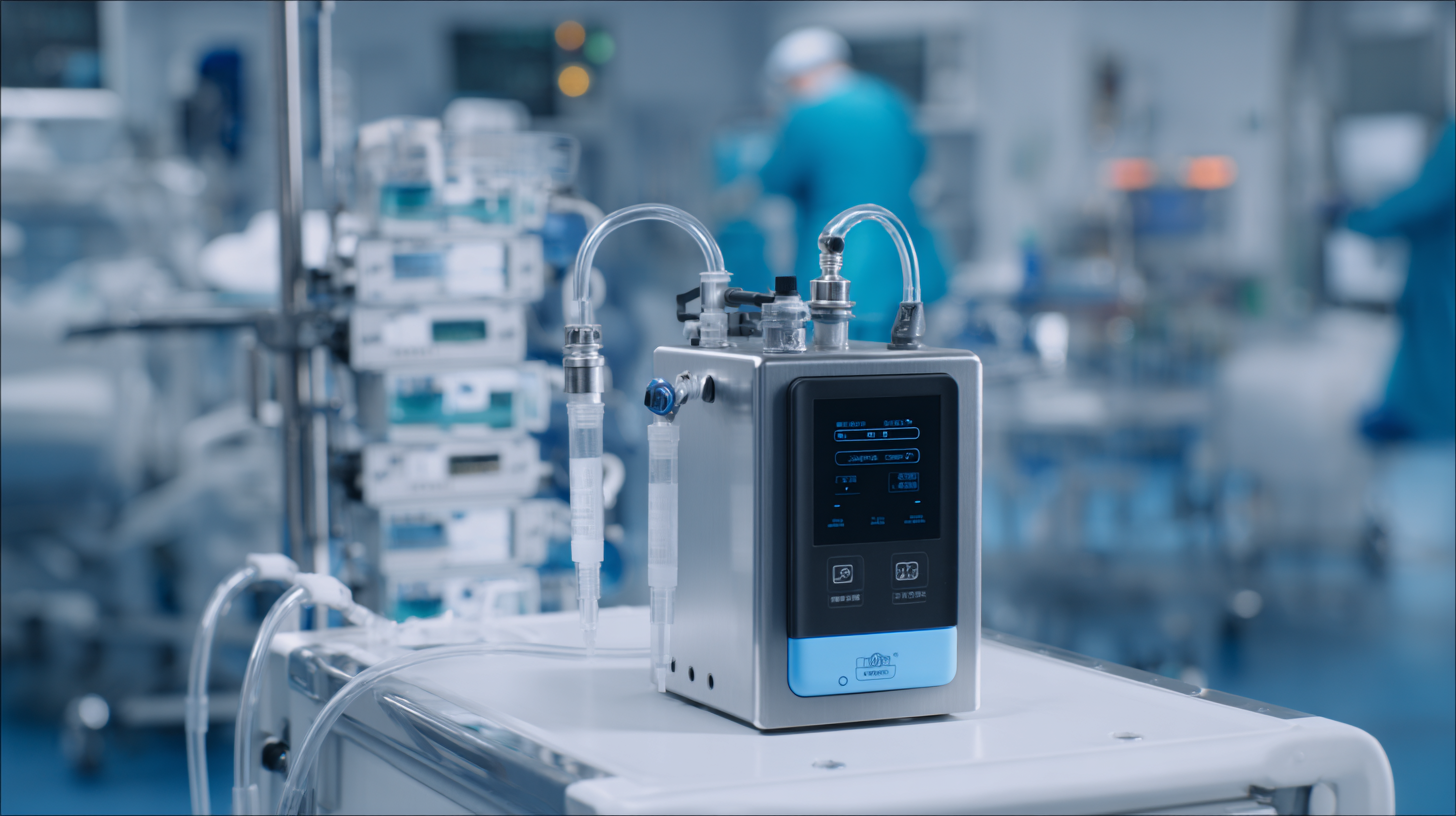
Portable sputum aspirators play a critical role in optimizing patient care within healthcare facilities. These devices are essential for efficiently clearing secretions from the airways, which can significantly improve respiratory function in patients with conditions such as chronic obstructive pulmonary disease (COPD) or pneumonia. By providing immediate access to airway management, portable sputum aspirators help prevent complications associated with retained secretions, ultimately reducing the risk of respiratory infections and enhancing patient recovery.
Moreover, the portability of these aspirators means they can be used in various settings, from intensive care units to patient rooms, ensuring that care can be administered right where it is needed. Their ease of use allows healthcare professionals to respond quickly to patients' needs, thereby improving satisfaction and outcomes. As the emphasis on patient-centered care continues to grow, integrating portable sputum aspirators into routine practice not only demonstrates a commitment to advanced patient care but also fosters an environment of healing and efficiency in a fast-paced healthcare landscape.
Respiratory diseases are a significant concern in healthcare, as they account for millions of hospital visits each year. Key statistics indicate that conditions like chronic obstructive pulmonary disease (COPD) and asthma affect nearly 500 million people worldwide. The effective management of sputum can greatly impact patient outcomes, particularly in cases of bronchiectasis, where inflammation can lead to severe complications. Recent research has illuminated the connection between sputum characteristics, such as color, and the severity of respiratory conditions, emphasizing the need for effective sputum management solutions.
Tips: Investing in a portable sputum aspirator can enhance patient care by enabling timely removal of excess sputum, reducing the risk of infection and improving respiratory function. Healthcare facilities should consider integrating these devices into their routine practice to facilitate better monitoring and management of patients with respiratory diseases. Additionally, regular training for healthcare staff on the use of sputum management devices can optimize their effectiveness and ensure patient safety.
 Portable sputum aspirators play a crucial role in enhancing infection control measures within healthcare facilities. According to the World Health Organization (WHO), approximately 10 million deaths each year are attributed to respiratory infections, many of which are exacerbated by improper handling of respiratory secretions. The timely aspiration of sputum can significantly reduce the risk of airborne transmission of infectious agents, thereby protecting both patients and healthcare personnel.
Portable sputum aspirators play a crucial role in enhancing infection control measures within healthcare facilities. According to the World Health Organization (WHO), approximately 10 million deaths each year are attributed to respiratory infections, many of which are exacerbated by improper handling of respiratory secretions. The timely aspiration of sputum can significantly reduce the risk of airborne transmission of infectious agents, thereby protecting both patients and healthcare personnel.
Furthermore, a study published in the Journal of Hospital Infection revealed that the use of portable sputum aspirators resulted in a 40% decrease in the incidence of hospital-acquired infections among patients undergoing respiratory treatments. These devices not only improve patient outcomes by facilitating clearer airways but also ensure a sterile environment by minimizing the exposure of staff and other patients to potentially infectious materials. The integration of portable sputum aspirators in everyday clinical practice is essential for upholding rigorous infection control standards and safeguarding public health.
The choice between portable and stationary sputum aspirators can significantly impact patient care in healthcare facilities. Portable sputum aspirators offer flexibility and convenience, allowing healthcare professionals to provide immediate care at the bedside or in various settings, such as emergency rooms or during patient transport. In contrast, stationary aspirators often require a dedicated space and may not be as readily available during critical situations. By comparing the two, it becomes clear that portable options enhance accessibility, ultimately leading to quicker response times and better patient outcomes.
Tips for choosing the right sputum aspirator include evaluating the specific needs of your healthcare facility and patient population. Consider factors like portability, suction power, and ease of cleaning. Additionally, ensure the device complies with infection control standards, as maintaining hygienic practices is crucial in patient care.
When implementing portable sputum aspirators, training medical staff on their use is essential. Proper use and maintenance can prevent complications and enhance the efficacy of the device. Regularly review your processes to ensure the aspirators remain effective tools in delivering high-quality care to patients.
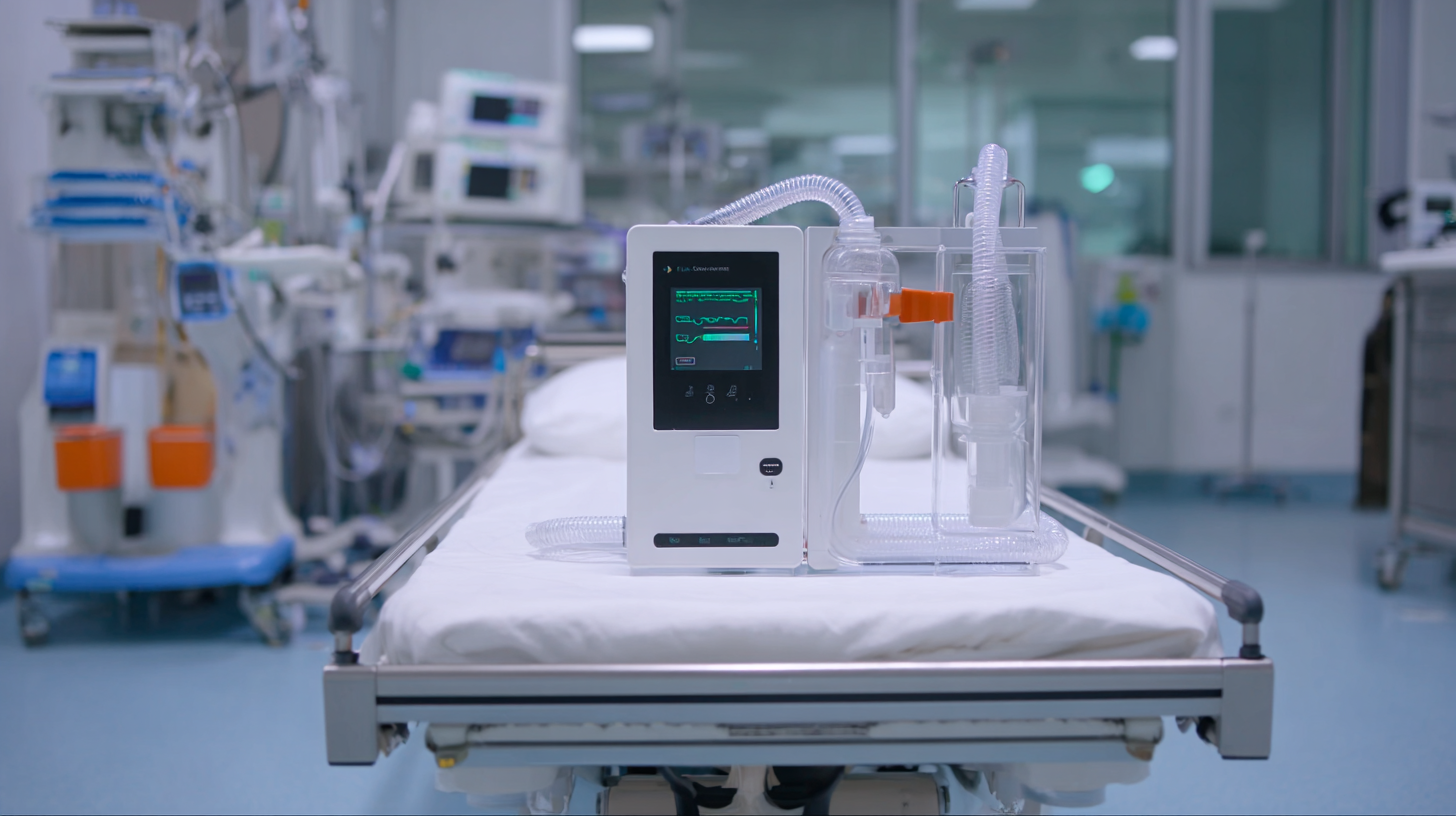
The integration of portable sputum aspirators into telehealth systems can significantly enhance patient monitoring and care, especially for those with respiratory conditions. By allowing healthcare providers to remotely collect and analyze sputum samples, facilities can ensure timely diagnosis and treatment adjustments. This capability not only alleviates the burden on patients who may find it difficult to visit healthcare facilities frequently but also facilitates continuous monitoring from the comfort of their homes.
Moreover, portable sputum aspirators empower patients by giving them tools to actively engage in their health management. Telehealth platforms can provide real-time guidance on sample collection techniques, ensuring accuracy and consistency. Consequently, healthcare professionals can assess the information shared through telehealth, enhancing their decision-making processes and creating more tailored treatment plans. As telehealth technology continues to evolve, the combination of portable sputum aspirators will play a crucial role in the future of patient-centric care, bridging gaps and fostering better healthcare outcomes.
| Dimension | Data Value |
|---|---|
| Average Cost of Portable Sputum Aspirator | $350 |
| Percentage of Hospitals Using Sputum Aspirators | 65% |
| Reported Improvement in Patient Monitoring | 40% |
| Reduction in In-Hospital Respiratory Complications | 30% |
| Percentage of Healthcare Facilities Utilizing Telehealth | 75% |
| Patient Satisfaction Rate with Integrated Care | 85% |
